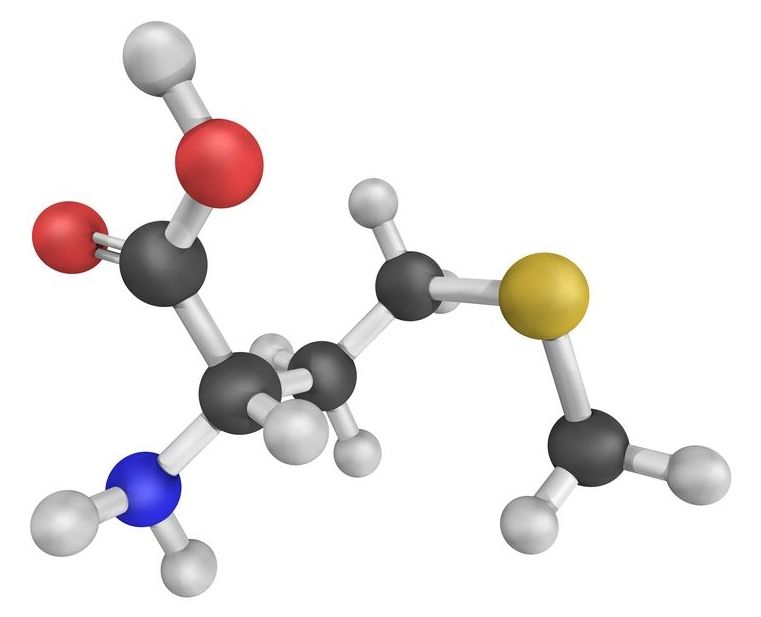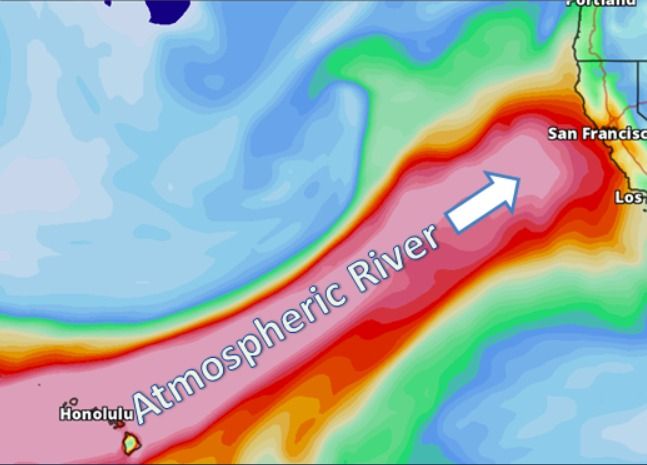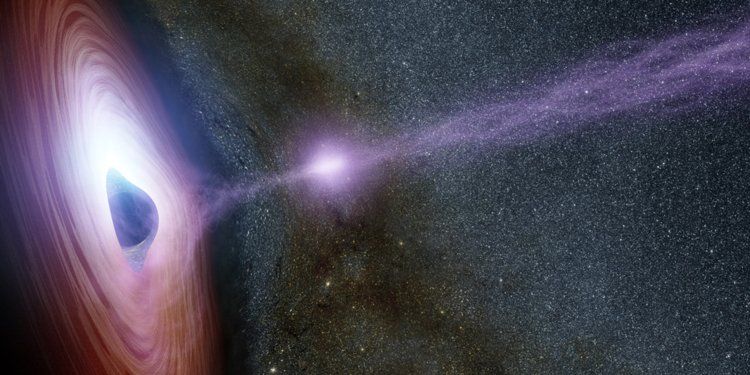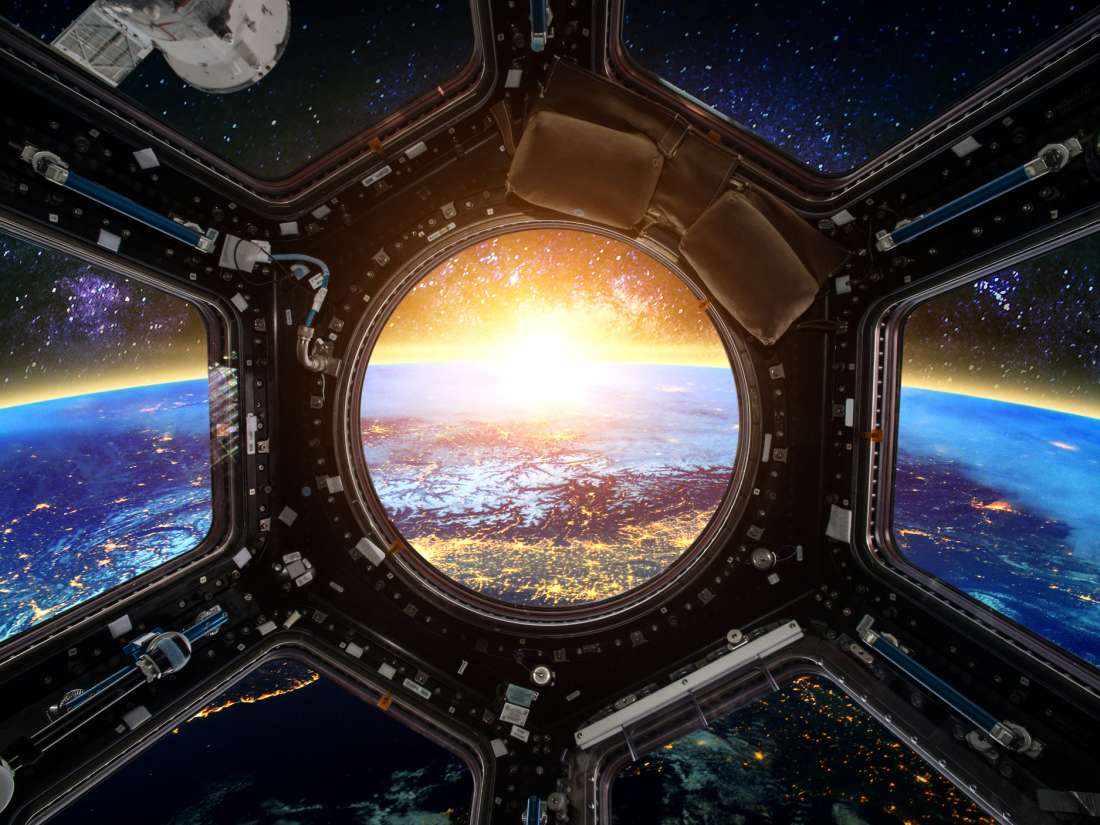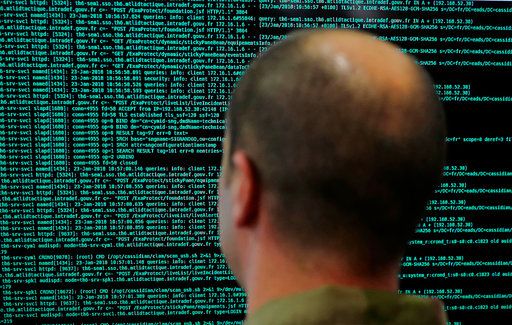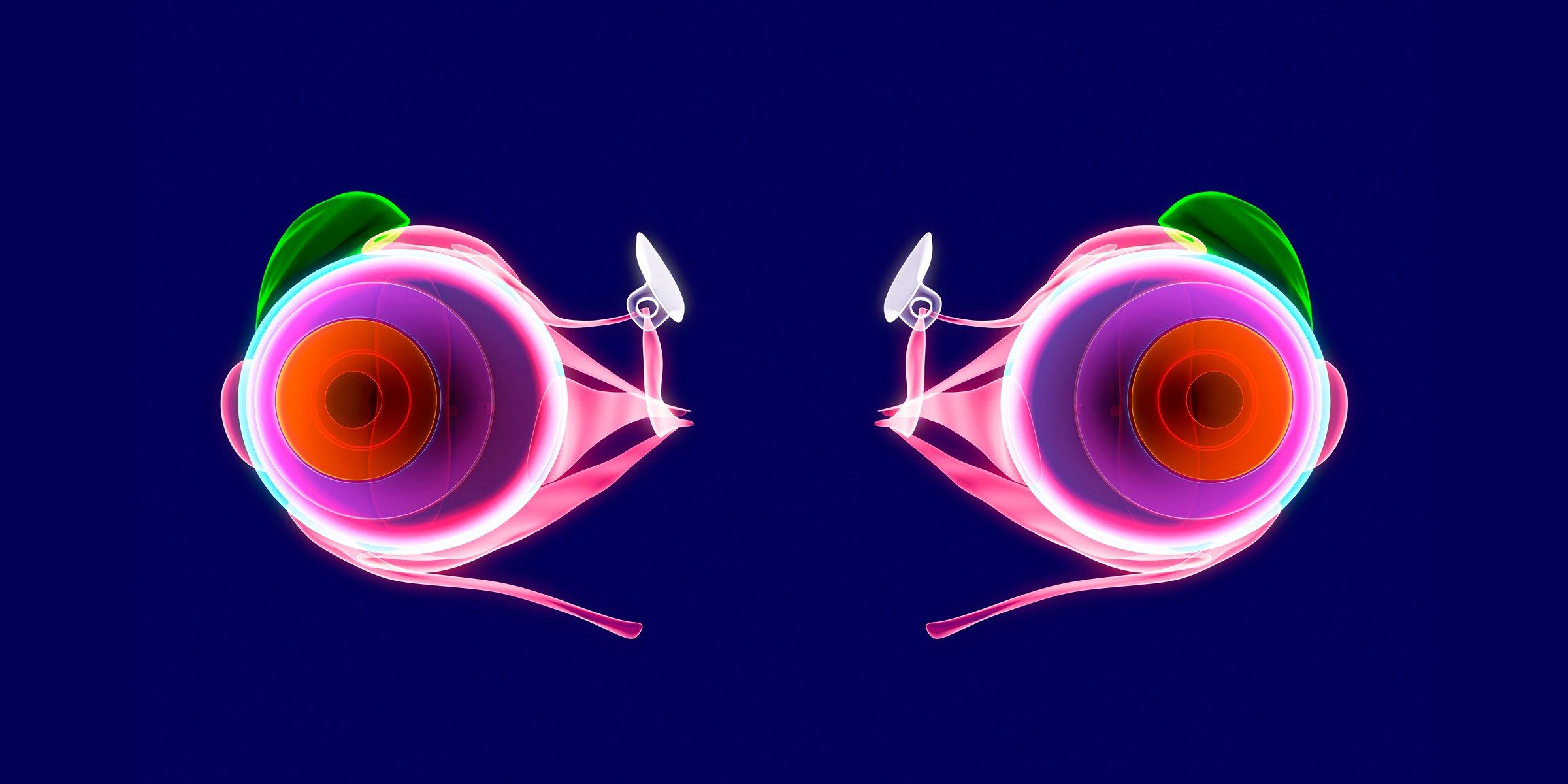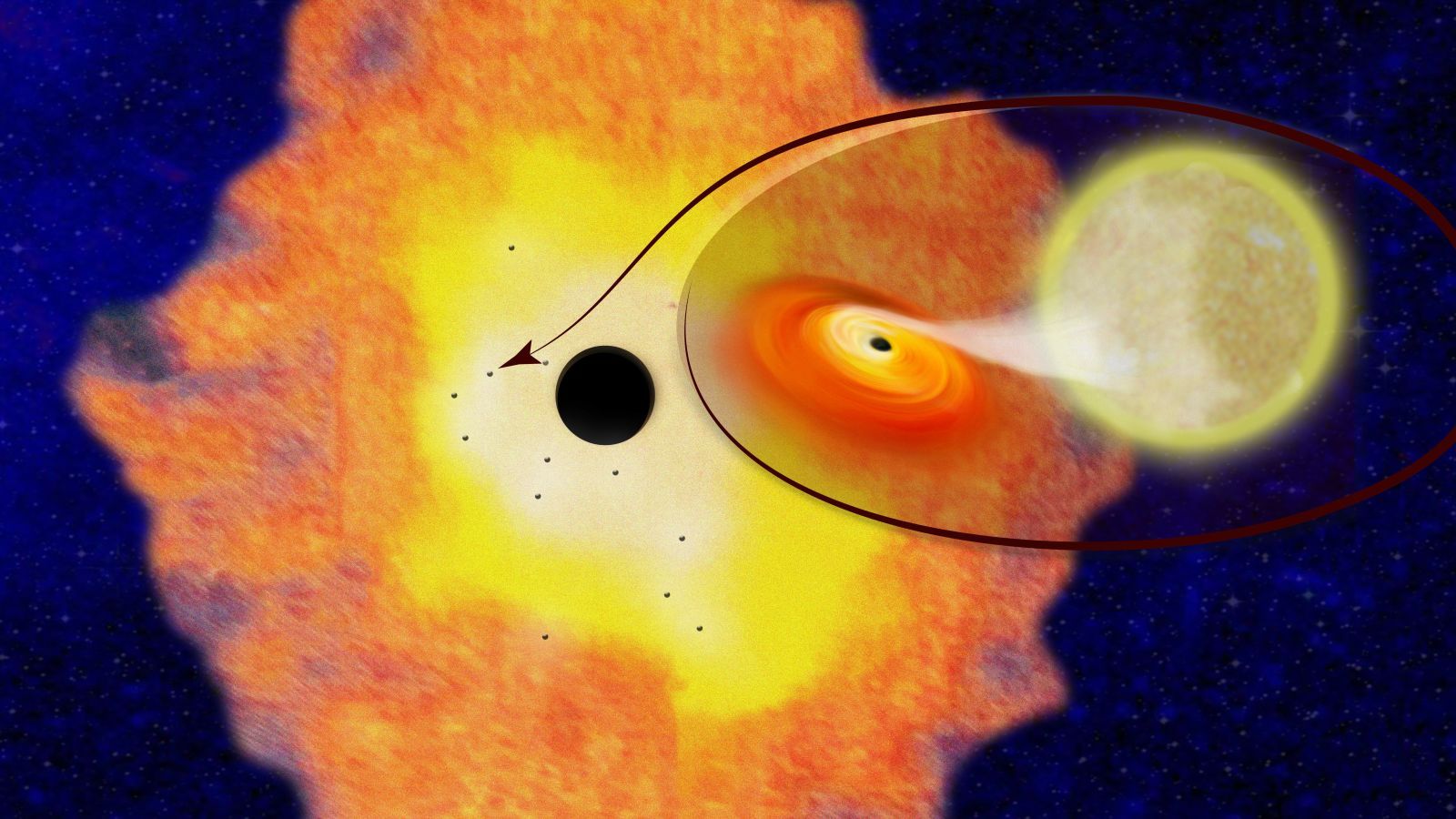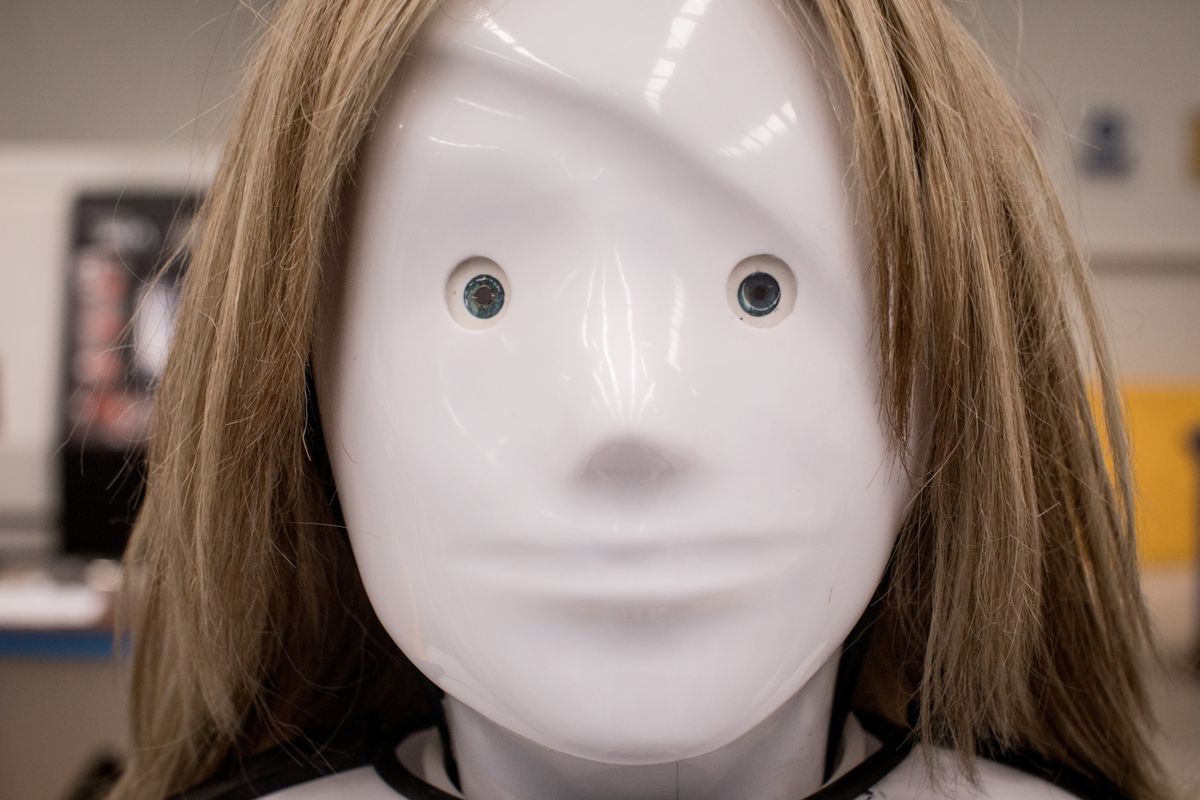Apr 6, 2018
Methionine Restricted Diets May Slow Down Aging
Posted by Steve Hill in categories: biotech/medical, life extension
Researchers at the Penn State College of Medicine believe that the health and longevity benefits seen in animals on sulfur amino acid-restricted diets could also work in humans. The concept of dietary sulfur amino acid restriction has been of interest to researchers for almost 30 years when the first studies showed health benefits in animals placed on methionine-restricted diets.
Amino acids are the building blocks of all proteins in our body, and methionine and cysteine both belong to a subgroup known as the sulfur amino acids. These help the body to create various proteins and are involved in metabolism.
